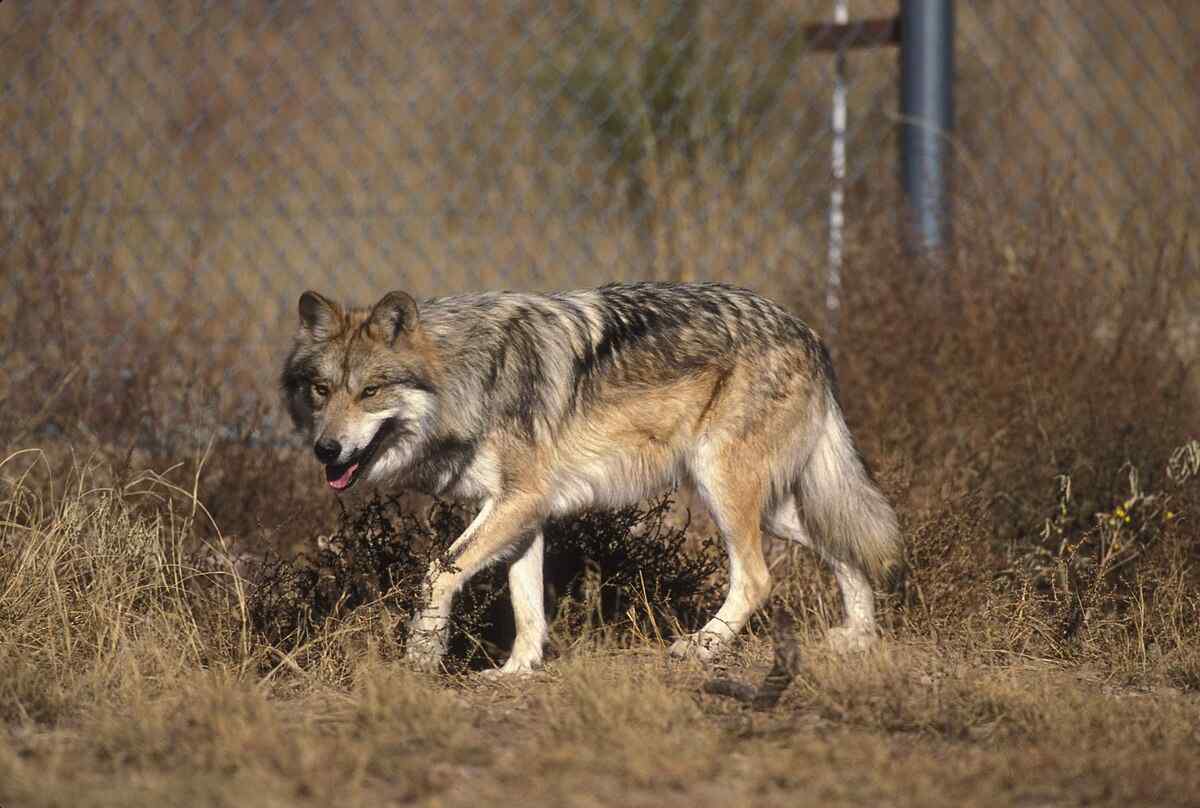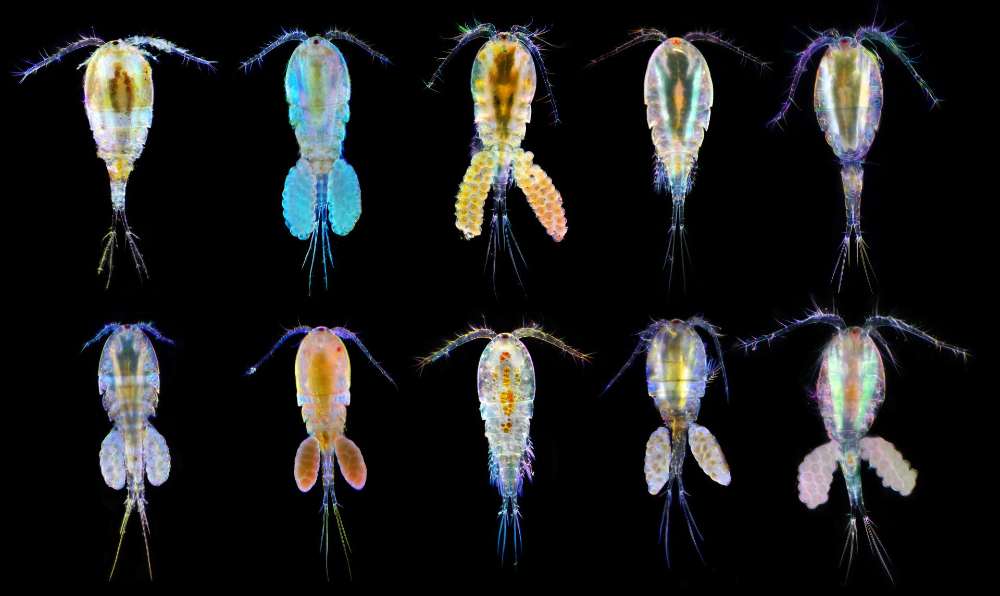The release came only after significant public pressure. Over 8,000 citizens emailed and 36 conservation organizations wrote to the Service and Department of Interior in July, urging the immediate release of Asha and her family.
Wildlife advocates expressed mixed feelings about the release. “Asha’s story should have continued in northern New Mexico where her instincts led her to travel twice — that is historic and future wolf country,” said Leia Barnett from WildEarth Guardians. “But until wildlife management agencies recognize that highways shouldn’t dictate where wildlife lives, Asha and the Quartz pack being released back into the Gila is the next best thing.”
The release wasn’t without controversy. Conservation groups noted that the pack’s release was delayed six weeks beyond the original June schedule. This delay meant the captive-born pups missed the optimal time to learn hunting elk calves, which typically happens in June and early July.
The Mexican gray wolf population faces significant challenges. As cousins of North American gray wolves, Mexican wolves are smaller and have historically ranged “throughout mountainous regions from central Mexico, through southeastern Arizona, southern New Mexico, and southwestern Texas,” according to the U.S. Fish and Wildlife Service.
The Fish and Wildlife Service acknowledged both conservation and ranching concerns in a statement: “The pack will add to the genetic diversity in the wild population, helping meet recovery goals. The Service is aware and shares the increasing concerns in the community about negative impacts to ranching from the growing wolf population. We, with the Interagency Field Team, are committed to immediately addressing any conflicts if/when they arise in partnership with the local community.”
Mexican wolves were nearly eliminated in the U.S. by the 1950s under a federal program to remove them due to livestock conflicts. Listed under the Endangered Species Act in 1976, a breeding program was created using seven wolves captured in Mexico. Reintroduction efforts began in 1998, with land south of I-40 in New Mexico designated as the Mexican Wolf Experimental Population Area.
Wildlife experts hope Asha’s pups will contribute valuable genes to the wild wolf population, which currently suffers from low genetic diversity due to inbreeding. The pups have been named Kachina, Aspen, Sage, Kai, and Aala.
Until northern gray wolves were reintroduced to Colorado in December 2023, Mexican gray wolves were the only endangered species required by regulation to stay within politically-derived boundaries. This restriction has been criticized by scientists and conservation groups who argue that natural wolf dispersal is crucial for the species’ recovery.
“We are filled with hope that Asha, her mate, Arcadia, and their pups will roam freely for years to come,” said Erin Hunt from Lobos of the Southwest. “They may not be able to read lines on a map, but these lobos can read the landscape and know where they belong. This young fam



















